Case Study: How Third Language Improved Sales Performance with the B.R.I.G.H.T.T.™ Framework
The Challenge: Sales Conversations That Weren’t Converting
A B2B sales team, consisting of three new business account executives and a business development representative (BDR), struggled with low win rates, long sales cycles, and poor prospect engagement. Despite having a strong product and defined sales processes, their sales conversations lacked depth, connection, and strategic follow-up.

Key Pain Points Before Engaging with Third Language:
- Low win rates (14%) – The team was losing the majority of deals.
- Quota attainment was below expectations (66%) – Revenue goals were consistently missed.
- Poor prospect response rates (<10%) – Follow-ups weren’t landing, and outreach felt ignored.
- Lengthy sales cycles (130 days) – Deals took too long to close, delaying revenue.
- BDR response rate at 2% – Conference follow-ups and cold outreach were highly ineffective.
The company needed a new approach to sales conversations—one that would help their team connect with prospects, uncover true needs, and drive better results. That’s where Third Language stepped in.
The Solution: Implementing the Q.U.E.S.T. Sales Framework
Third Language introduced its Q.U.E.S.T. Sales Framework, focusing on transforming the way the sales team engaged with prospects. Instead of relying on generic scripts, the team learned to:
- Ask deeper discovery questions to uncover real business pain points.
- Engage in transformational conversations instead of transactional pitches.
- Improve follow-up cadences to increase response rates and prospect engagement.
- Align solutions to prospect needs instead of pushing features and benefits.
Coaching sessions focused on real in-flight opportunities, refining sales conversations, and optimizing outreach sequences to create more meaningful connections.
How Optimized Follow-Ups Improve Sales Conversations
One of the most overlooked aspects of sales communication is follow-up strategy. Many sales teams struggle with low response rates, leading to stalled deals and missed opportunities. However, when follow-ups are structured strategically, engagement rates can increase dramatically.
Before vs. After Optimizing Follow-Ups
Before working with Third Language, the sales team saw minimal engagement in their follow-up sequences—prospects simply weren’t responding. But after refining their cadence, timing, and messaging, the results improved significantly:
- For every 50 follow-up cadences, 10 replies were received (compared to just 1 previously).
- Replies included a mix of "not interested," "keep in touch," and "would like to learn more."
- The follow-up cadence was optimized to 9 touch points:
- 4 emails (structured for engagement, not just reminders).
- 2 calls (well-timed to reinforce the message).
- 3 LinkedIn tasks (leveraging social proof and warm touchpoints).
- Replies happened faster—on average, between the 1st and 2nd email rather than being delayed until later touchpoints.
This structured follow-up approach kept conversations alive while allowing the sales team to focus on the right opportunities instead of chasing dead leads.
The Results: Significant Improvements in Sales Performance
Within months of implementing the Q.U.E.S.T. Framework, the team saw massive improvements across key sales metrics.
Account Executive Performance Before vs. After Third Language Training:
| Metric | Before Third Language | After Third Language | Improvement |
|---|---|---|---|
| Average Sales Price (ASP) | $11,800 | $19,000 | +61% |
| Win Rate | 14% | 22% | +57% |
| Quota Attainment | 66% | 120%-140% | +81%-112% |
| Prospect Response Rate | <10% | 78% | +680% |
| Sales Cycle Length | 130 days | 96 days | -26% (Faster Closures) |
BDR Prospecting Performance Before vs. After Third Language Training:
| Metric | Before Third Language | After Third Language | Improvement |
|---|---|---|---|
| Response Rate from Conference Emails | 2% | 18% | +800% |
| Replies per 50 Follow-Ups | 1 reply | 10 replies | +900% |
| Follow-Up Cadence Touch Points | 8 | 9 | Adjusted for optimal engagement |
| Average Reply Timing | 2nd touch point | Between 1st and 2nd email | Faster response times |
Key Takeaways:
- Prospects engaged significantly faster, reducing the need for excessive follow-ups.
- Higher quality responses meant fewer "not interested" replies and more meaningful conversations.
- The BDR team converted more cold leads into warm opportunities, creating a stronger pipeline for AEs.
The Business Impact: Beyond Just Numbers
The improvements in sales performance didn’t just lead to more revenue—it fundamentally changed the way the team sold.
How the Team Operates Differently Today:
✅ More Strategic Conversations – Sales reps focus on understanding and guiding, not just selling.
✅
Higher-Quality Opportunities – Prospects are more engaged, leading to more meaningful deals.
✅
Increased Confidence & Productivity – Salespeople no longer rely on outdated scripts—they
ask better questions, get better answers, and close more deals.
“The biggest shift wasn’t just in the numbers—it was in the mindset of our team. Instead of chasing deals, we started leading conversations. That made all the difference.” – Sales Manager
Ready to See These Results for Your Sales Team?
Bad sales conversations are costing your business more than you realize. If your team is struggling with low win rates, long sales cycles, or unresponsive prospects, it’s time to change the way they communicate.
At Third Language, we help sales teams rethink their conversations, build trust, and close more deals with the Q.U.E.S.T. Framework.
👉 Schedule a Consultation today and start transforming your sales results.
Contact Information
Phone: (843) 793-8884
Email: hello@third-language.com
Address: Mount Pleasant, South Carolina

Join Our Email List
Contact Us
We will get back to you as soon as possible.
Please try again later.
© Copyright 2025 All Rights Reserved Third Language


